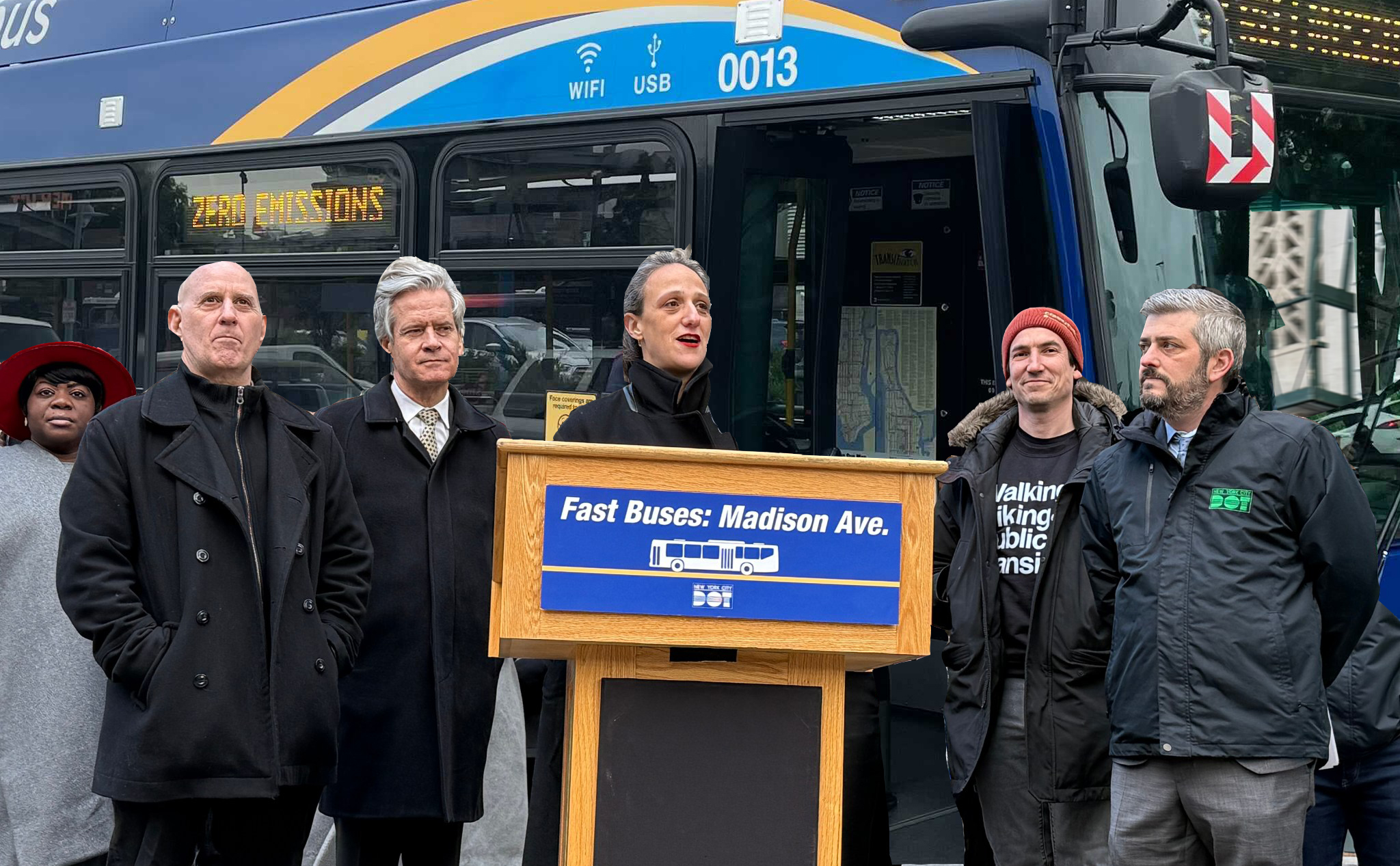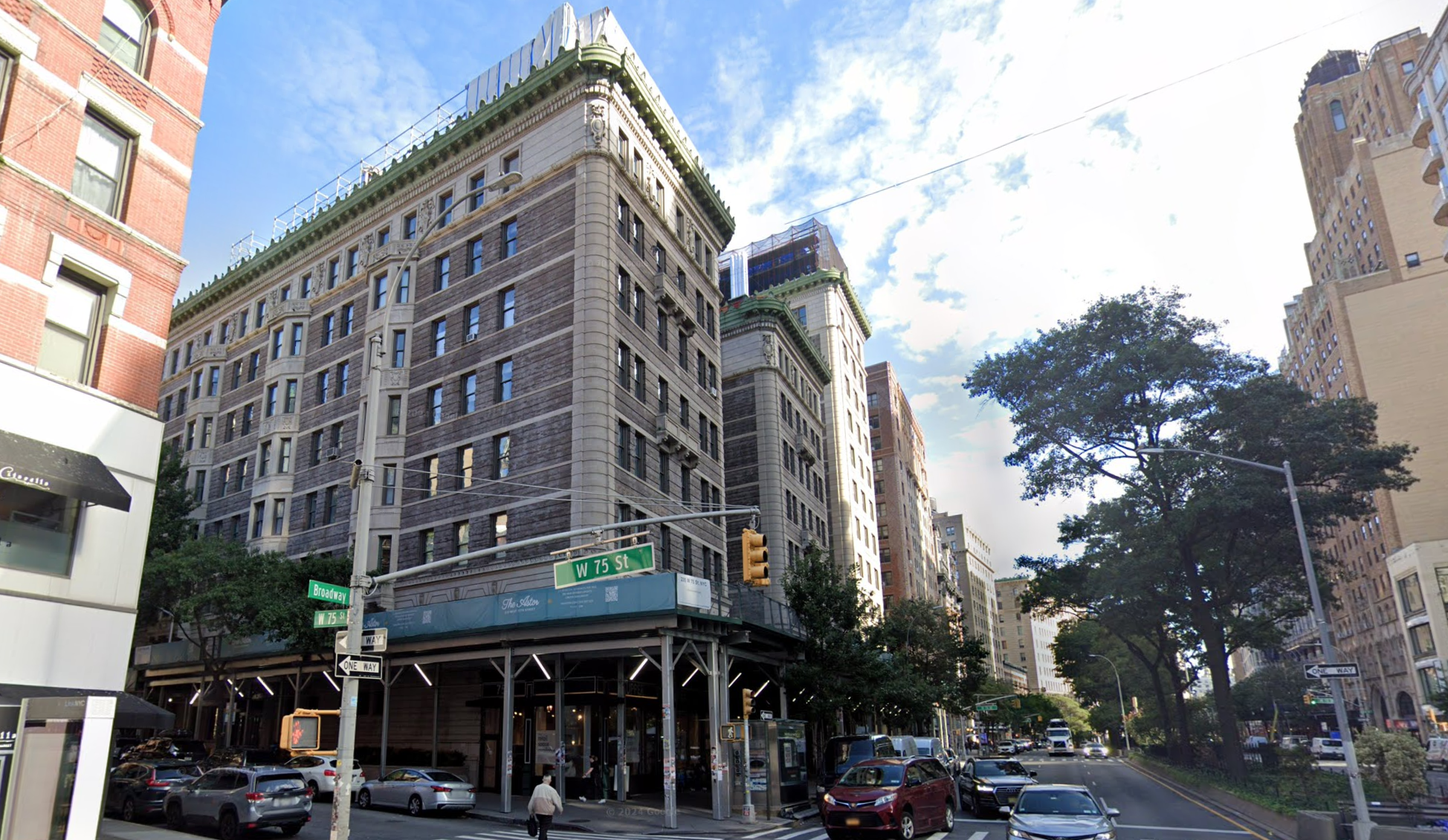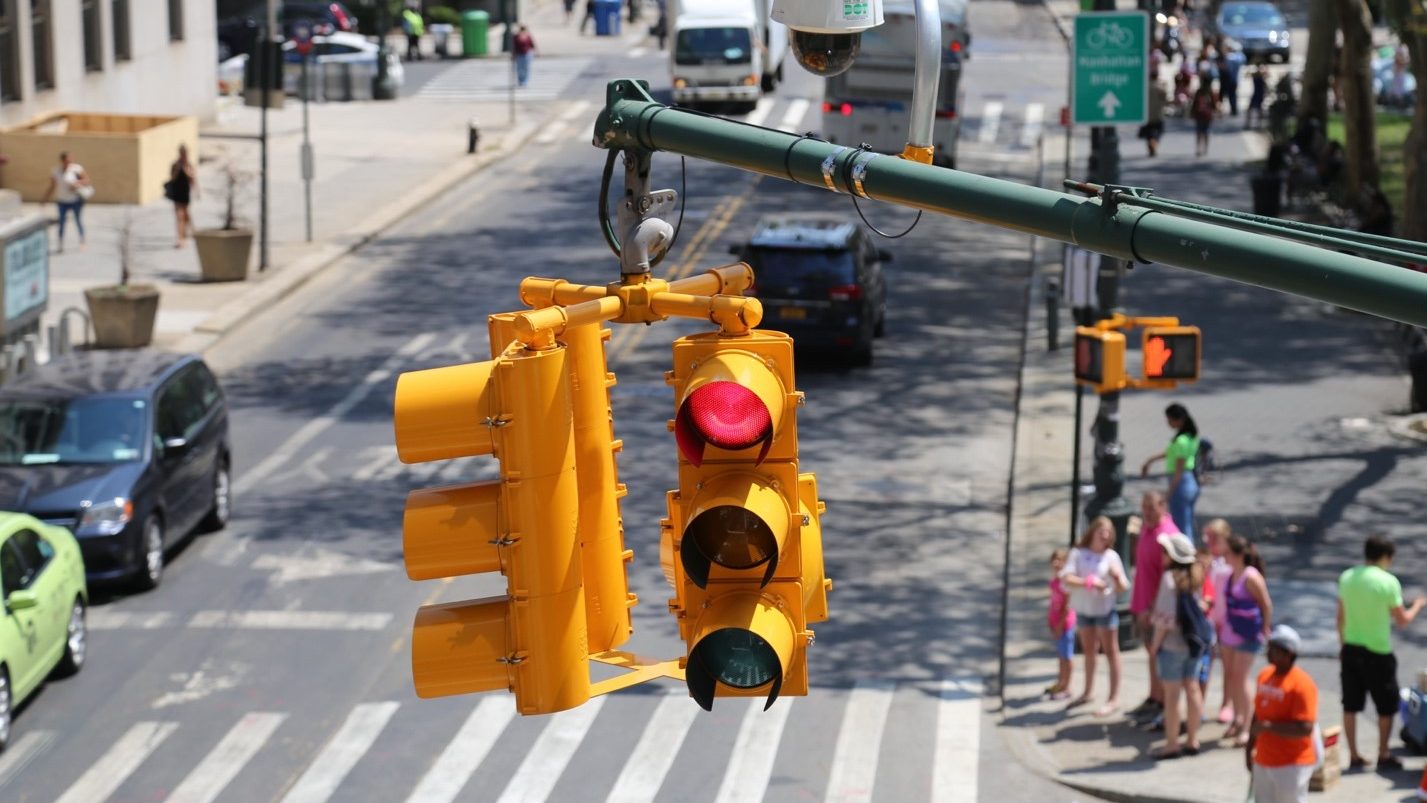It's not every day that a New York City real estate executive name-checks Donald Shoup, but one developer admiringly referred to the dean of progressive parking policy while explaining his project to Streetsblog. If not for the New York City Economic Development Corporation and mis-directed political pressures, says TDC
Development President Michael Meyer, the huge mixed-use project he's building at one of the biggest transit hubs in Queens could have made better use of enlightened parking policy.
 NYCEDC required a suburban level of parking at the Flushing Commons development. Image: Rockefeller Group Development Corporation.
NYCEDC required a suburban level of parking at the Flushing Commons development. Image: Rockefeller Group Development Corporation.The project, known as Flushing Commons, is a mixture of retail, housing, and office space slated for downtown Flushing, one of New York's fastest growing business districts. It's also one of the most transit-rich areas in Queens, making it a prime location for great walkable development.
But Meyer's project is slated to include a suburban level of parking, which will induce shoppers to drive to an area that's already overrun by traffic. And if some Flushing leaders get their way, the project will include even more -- and cheaper -- parking.
Meyer believes the area is ready for walkable development, but notes that 50-year-old beliefs about transportation and development still prevail. "We're almost in a time warp," he said, adding that "Flushing is not the way it used to be," but "emotions and misconceptions" lead people to think excessive parking is a necessity.
Zoning rules require 700 spaces at Flushing Commons, according to Meyer, but the project will build far more -- 1,600 spaces -- because the parking-obsessed Economic Development Corporation demanded that level of parking.
Flushing Commons would build up to 620 residences, 275,000 square feet
of retail space and 234,000 square feet of commercial space just two
short blocks from the busiest subway station outside Manhattan.
The site is served by 21 different bus routes and is a short walk from the third-busiest pedestrian intersection in all of New York. The property, currently a 1,100-space surface parking lot, is owned by the city, hence the active involvement of EDC.
"This is not a single-use suburban development site," said parking policy expert Rachel Weinberger, co-author of a recent report on parking innovation in American cities. "And yet EDC seems to be once again pushing suburban-style development standards."
In addition to the 1,600
parking spaces, the city has convinced the developers to add
200 spaces to a nearby municipal lot. Still, many residents and local merchants say that isn't enough.
In fact, at the typical 350 square feet per spot,
the parking is already set to consume more space than the retail and office space
combined, a real waste in such a transit-rich location. If more parking
gets built, Flushing Commons will become a parking garage with mixed-use development attached, rather than the other way around.
 Flushing Commons would replace a city-owned surface parking lot in the heart of transit-rich downtown Flushing -- and build even more parking in the process. Image: Google Maps.
Flushing Commons would replace a city-owned surface parking lot in the heart of transit-rich downtown Flushing -- and build even more parking in the process. Image: Google Maps.The addition of so much parking will be mitigated by the developers' decision to price it more effectively, which is what really seems to be upsetting some in Flushing. Currently, the lot only charges $1 per hour or $4 per day, which Meyer says just leads to commuters filling the spots all day. "You don't put a commuter lot in the heart of a burgeoning central business district," he said. "'The High Cost of Free Parking'? Flushing's the poster-child for that."
In order to attract more shoppers, Meyer's firm is instead increasing the amount of short-term parking and pricing parking at higher rates, though still slightly below market prices.
This attempt to get motorists to pay the cost of the parking they use has elicited some of the loudest complaints. Then-Council Member John Liu spoke out against charging more for parking as early as 2007.
Putting a rational price on parking should temper demand, allowing the developer to build fewer spaces. But EDC's requirements have pre-empted any attempt to give less space to vehicle storage. (EDC should learn from previous mistakes, like the Gateway Center mall in the Bronx, where parking isn't free and most customers walk to shop, leaving parking spaces unused, eating up land and money.)
Streetsblog has a request in with NYCEDC about why the agency required so much parking at a site so well-served by transit.
Less parking at Flushing Commons wouldn't just promote livable streets, it would also make it easier to build at this transit-rich location. "The parking is a money loser -- we know this because the original plan included even more parking, which was cut back to make the project profitable," said Weinberger.
Given the demands from EDC, however, building less parking isn't an option at Flushing Commons. Shoup-quoting developers can only do so much for sustainable growth when the city itself demands that up-and-coming downtowns like Flushing emulate suburbia.





